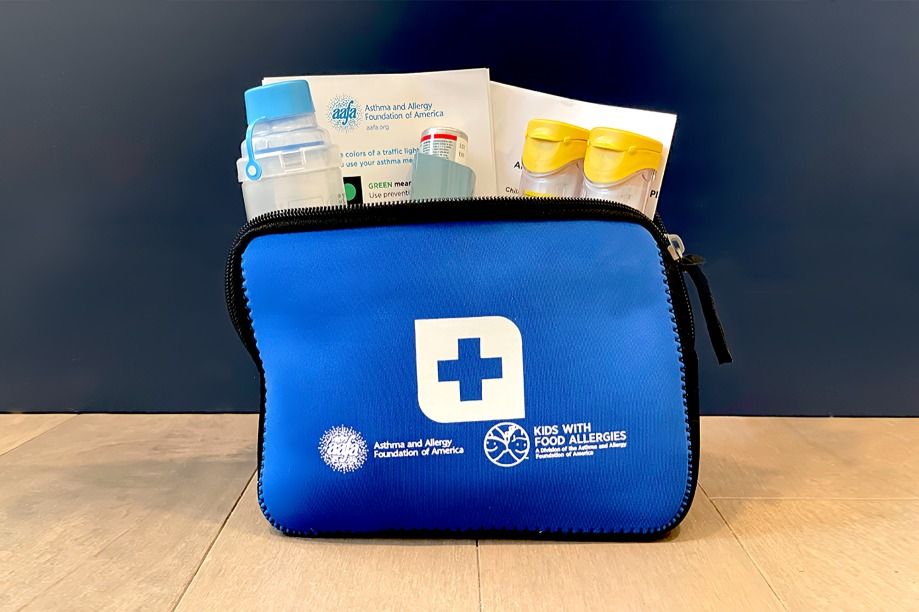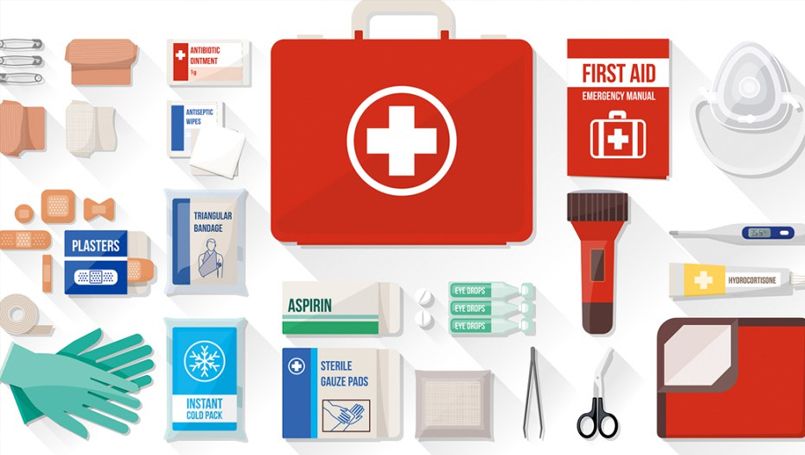
“
This article delves into essential facts that every individual should know about managing medications in their first aid kits. Whether you're preparing for emergencies at home, during travel, or in outdoor activities, understanding how to store, handle, and utilize personal medications can make a critical difference in providing timely medical care. Each medication plays a vital role in addressing health emergencies effectively, from prescription drugs for chronic conditions to over-the-counter remedies. Join us as we explore these key facts to enhance your preparedness and confidence in managing medical situations.1
1
1
”
Proper storage of medications within first aid kits is crucial. They should be kept in original packaging to prevent confusion, stored in a cool, dry place away from direct sunlight, and regularly checked for expiration dates to maintain efficacy.1
First aid kits should always include a clear list of medications with dosage instructions readily accessible, ensure quick administration during emergencies and help responders or caregivers provide appropriate medical assistance promptly. 2

Certain medications, like inhalers for asthma or epinephrine for severe allergies, address specific health conditions. These must be easily accessible in the first aid kit, accompanied by clear usage instructions to manage urgent medical situations.
When storing medications in a household with children, safety is paramount. Ensure medications are stored out of reach and in child-proof containers to prevent accidental ingestion, maintaining a secure and protective environment. 3
Some medications, such as insulin or certain antibiotics, require specific temperature conditions for storage. Proper insulation or refrigeration in first aid kits ensures these medications remain effective and safe for emergencies. 4
When traveling internationally, it's crucial to check local medication restrictions and regulations and ensure all first aid kit medications comply with legal requirements. 5
Pets with wounds should be kept clean and dry. Veterinary-specific wound care products, like antiseptic solutions and bandages, should be used to prevent infections and promote healing. 6
Regularly reviewing and replacing expired medications in the first aid kit is essential for maintaining effectiveness and safety, disposing of expired medications properly and promptly replacing them to ensure readiness during emergencies. 7
A well-equipped first aid kit should not only contain medications but also include tools for administering them effectively, including syringes, measuring spoons, or other instruments.8
For individuals managing chronic conditions like heart disease or hypertension, including prescribed medications in the first aid kit ensures continuity of care during unexpected health crises. These medications are tailored to ongoing health needs. 9

Alongside medications, a first aid kit should contain clear and concise medical instructions or a guidebook for administering medications correctly and for guides responding to various medical emergencies.
In some cases, first aid kits may include medications prescribed for managing stress, anxiety, or other psychological conditions. These medications support mental health resilience during emergencies or stressful situations.10
Maintaining hygiene when administering medications is crucial. Including gloves and hand sanitizer in the first aid kit helps prevent contamination and ensures safe handling, particularly in an open wound or infection scenario. 11
Always follow the dosage instructions on the medication label. Taking more or less than recommended can lead to side effects or reduced effectiveness. Stick to the guidelines to ensure the medication works properly and safely. 12
For dental emergencies, pain relief medications specifically designed for oral use should be included in the first aid kit. These medications help manage dental pain until professional dental care can be accessed. 13
Store medications in a cool, dry place, away from direct sunlight and humidity. Proper storage conditions help maintain their effectiveness and prevent degradation. Avoid places like bathrooms or kitchens. 14
Consider the climate and environmental conditions when selecting medications for your first aid kit. Items like sunscreen for sunny climates or additional hydration solutions for hot temperatures. 15
Respect cultural practices and preferences when managing medications in diverse communities. Awareness of cultural beliefs regarding healthcare and medication use enhances communication and trust in emergencies. 16
Regularly reviewing the contents of your first aid kit and undergoing basic first aid training ensures readiness and confidence in administering medications during emergencies. 17
Consult your doctor before using any medication during pregnancy or breastfeeding. They can guide safe options, potential risks, and proper dosages to ensure both your health and your baby’s well-being.18


